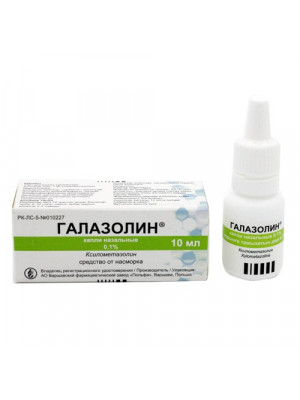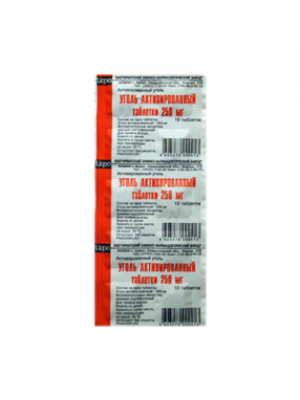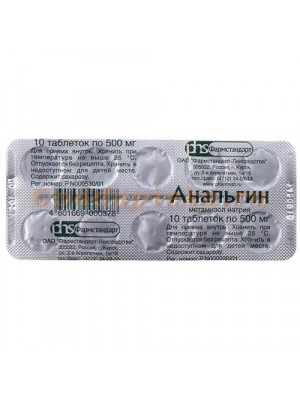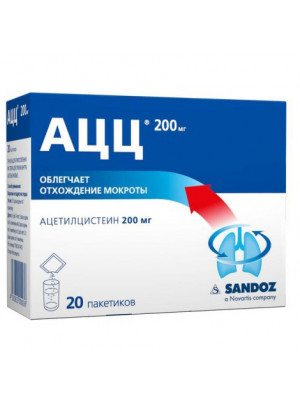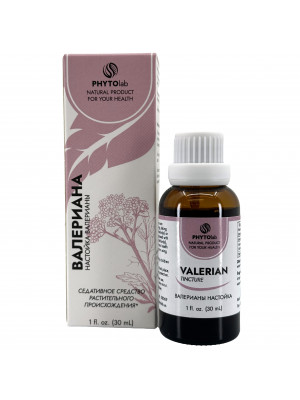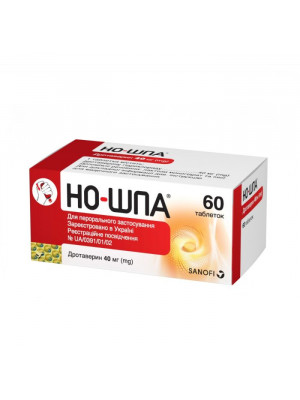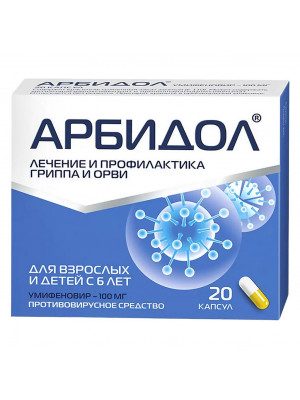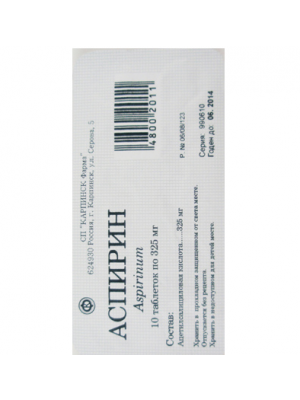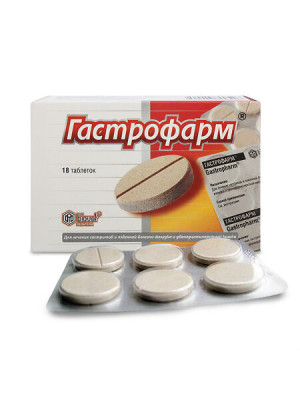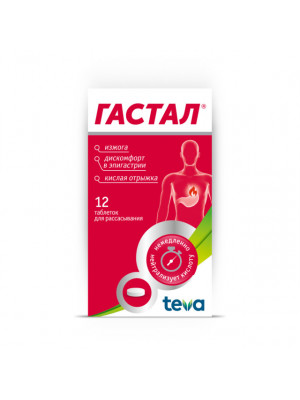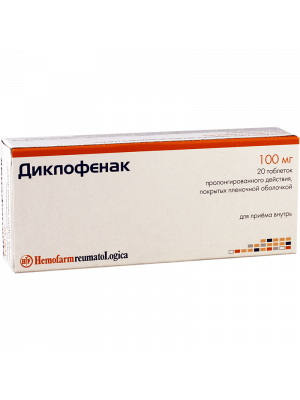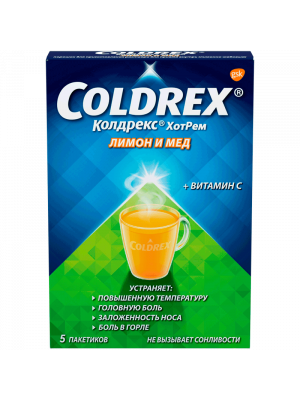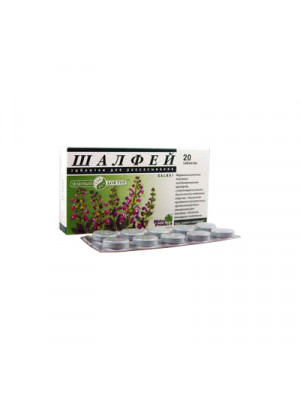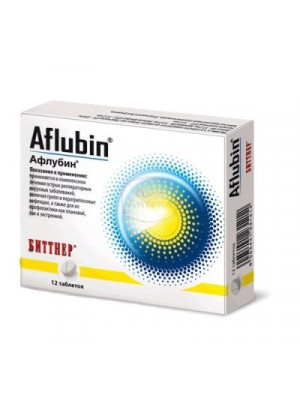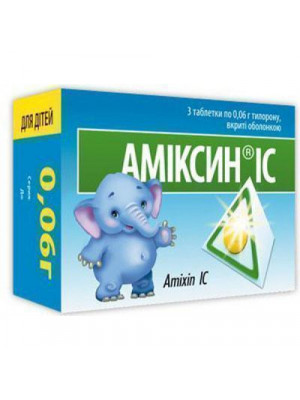This information is for general purposes only and should not be considered as medical advice. Always consult with a qualified healthcare professional for any medical concerns or questions you may have.
Aciclovir Tablets: Treating Viral Infections
Aciclovir tablets, also known as acyclovir, are a common antiviral medication used to treat various viral infections. They are particularly effective against herpes simplex virus (HSV) infections, including cold sores and genital herpes.
How Aciclovir Works
Aciclovir works by inhibiting the growth and spread of the virus. It does this by preventing the virus from replicating its DNA, which is necessary for its multiplication. This action helps to reduce the severity and duration of viral outbreaks.
Indications and Uses
Aciclovir tablets are commonly used for:
- Cold Sores: They help in the treatment of cold sores, also known as oral herpes.
- Genital Herpes: Aciclovir is effective in managing outbreaks of genital herpes and reducing their recurrence.
- Shingles: It can be used to alleviate symptoms of shingles, a viral infection caused by the varicella-zoster virus.
Administration and Dosage
The dosage of aciclovir tablets varies depending on the specific condition being treated and individual factors. It's important to follow the prescribed dosage and treatment duration recommended by a healthcare professional.
Possible Side Effects
While generally well-tolerated, aciclovir tablets can have side effects, including nausea, headache, and dizziness. Severe side effects are rare but may include allergic reactions and changes in kidney function.
Precautions and Warnings
It's important to note:
- Pregnancy and Breastfeeding: Consult a doctor before using aciclovir if pregnant or breastfeeding.
- Drug Interactions: Inform your healthcare provider about other medications you're taking to avoid potential interactions.
Conclusion
Aciclovir tablets are a valuable treatment option for viral infections, especially HSV infections. They provide relief from symptoms and aid in faster recovery. However, proper medical guidance and adherence to prescribed dosages are crucial for safe and effective use.
Note: This article is for informational purposes only and should not be considered medical advice.
Additional Information
| SKU | m141 |
|---|---|
| Brand | No |
| Size | No |
| Manufacturer | No |
-
 Thank you review by Nick on 9/6/2023
Thank you review by Nick on 9/6/2023Aciclovir tablets have been a reliable and effective solution for managing my cold sores.
Write Your Own Review
Products on sale
GALAZOLIN NASAL DROPS 0.1%, 10ML
Regular Price: $10.99
Special Price $8.99
Activated Charcoal #10
Regular Price: $3.99
Special Price $2.50
Analgin 10 Tablets
Regular Price: $5.99
Special Price $4.78
ACC 200 powder for preparing an oral solution Orange 3g No. 20
Regular Price: $24.59
Special Price $18.99
Valerian Tincture 25ml
Regular Price: $6.99
Special Price $5.99
No-Spa ( Noshpa ) no spa 40mg №60
Regular Price: $15.99
Special Price $14.49
Arbidol capsules 100 mg No. 20
Regular Price: $27.99
Special Price $24.99
Also Purchased

